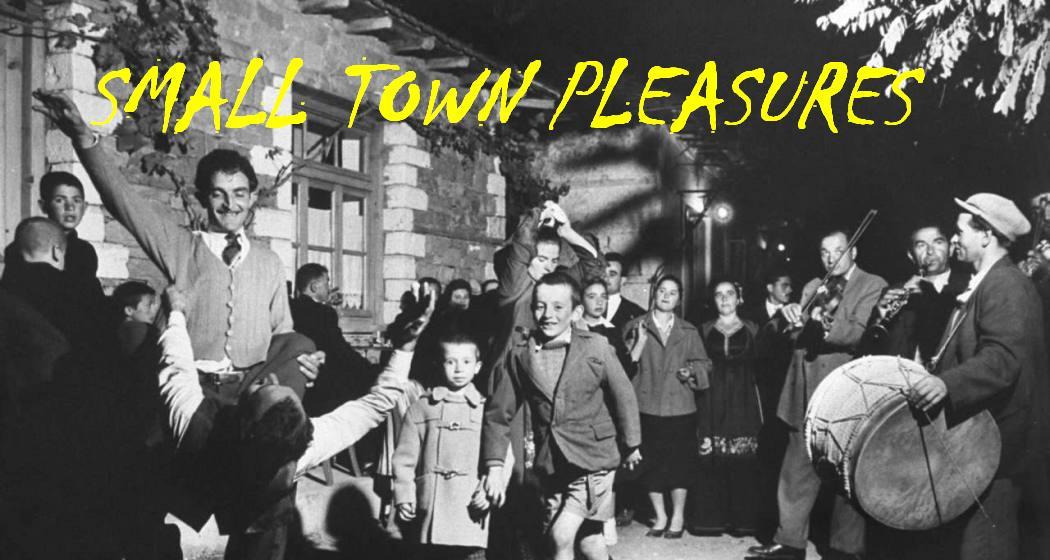


Hot Tuna, now a quartet with the official addition of keyboardist Nick Buck, released this two-LP live album, its first concert material in seven years, and having thus summed things up, broke up as the album hit record stores. Double Dose gave a good sense of mature Hot Tuna as a vehicle for the musical interests of Jorma Kaukonen, who used the entire first side as an acoustic solo set, then included the excellent "Genesis" from his solo album Quah on side B. Elsewhere, the electrified group alternated between Kaukonen's best Hot Tuna compositions and blues and rock standards. It was produced by Felix Pappalardi (Cream, Mountain), who gave Hot Tuna its best recorded sound; even though it's a "live" record, there seems to have been a lot of studio overdubbing. ~ William Ruhlmann
..................................
Side A
"Winin' Boy Blues" (Jelly Roll Morton) – 5:57
"Keep Your Lamps Trimmed and Burning" (Reverend Gary Davis) – 3:08
"Embryonic Journey" (Jorma Kaukonen) – 1:56
"Killing Time in the Crystal City" (Kaukonen) – 6:35
Side B
"I Wish You Would" (Billy Boy Arnold) – 4:20
"Genesis" (Kaukonen) – 4:16
"Extrication Love Song" (Kaukonen) – 4:26
"Talking 'Bout You" (Chuck Berry) – 5:34
Side C
"Funky #7" (Kaukonen, Jack Casady) – 8:49
"Serpent of Dreams" (Kaukonen) – 6:43
"Bowlegged Woman, Knock Kneed Man" (Bobby Rush, Calvin Carter) – 4:51
Side D
"I See the Light" (Kaukonen) – 5:49
"Watch the North Wind Rise" (Kaukonen) – 4:58
"Sunrise Dance with the Devil" (Kaukonen) – 5:38
"I Can't Be Satisfied" (McKinley Morganfield) – 4:58
Here



















































.jpg)

